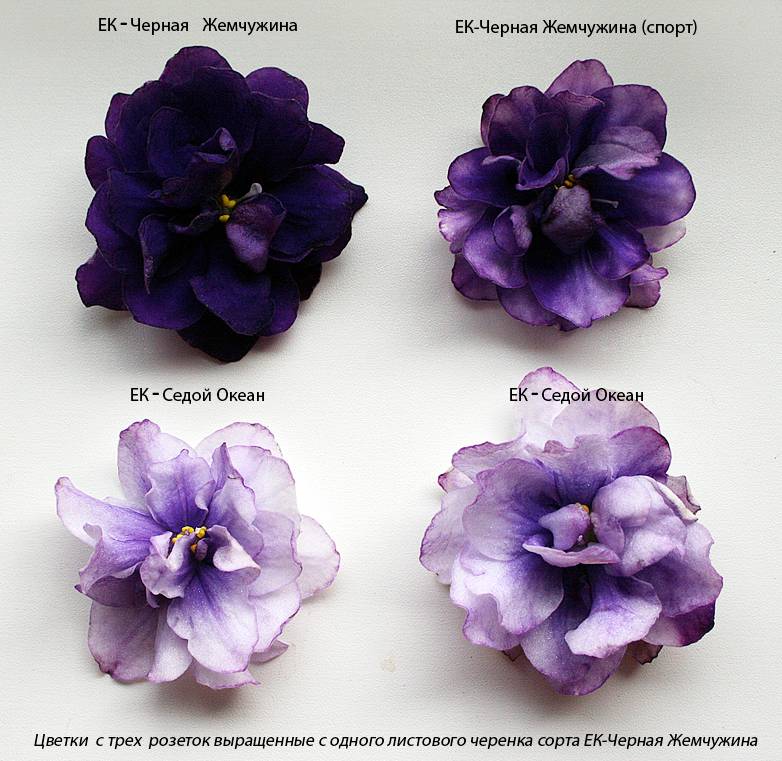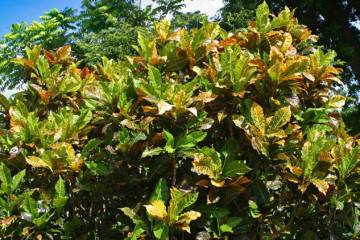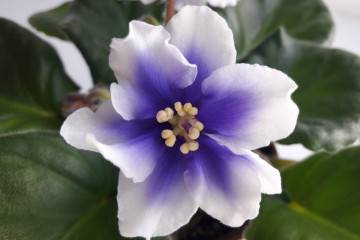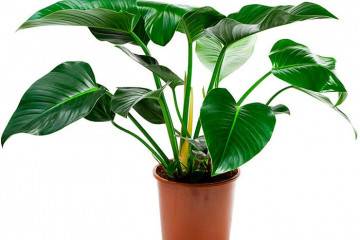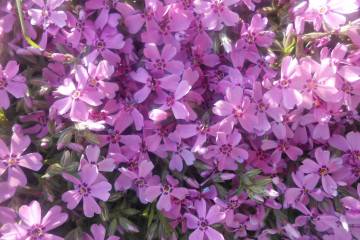Violet Black Pearl - description of a home flower
Content:
Not all lovers of ornamental plants know that not all violets are usually called that. The popular name "violet" is usually given to all those who fit the usual description, the "inhabitants" of the windowsill. However, there are two different families: Violet, to which the real violet belongs, and Gesneriaceae. A prominent representative of the Gesneriev family is the Black Pearl violet. It got its name for the beauty of flowers, thanks to which growers claim that this violet is a pearl among a variety of species.
Description violets Black pearl
The peculiarities of the variety include a long lush flowering, the duration of which is up to six months. Then the plant goes into dormancy for a couple of months and again pleases with abundant color.
Description of external signs:
- large dark green leaves have a narrowed tip and expand towards the petiole, forming an egg shape. They often rise upward at an angle of 45 °. The petioles are long, due to which the rosette becomes exposed over time;
- deep purple flowers 6-7 cm in diameter. Inside there is a bunch of 4 yellow stamens. There are about 8 inflorescences in the socket. The variety blooms with a dense cap, which, despite the size of the flowers, does not disintegrate, but has a neat appearance. Inflorescences bloom for a long time, initially have a small size, gradually grow and become terry;
- the plant itself has an impressive size, its diameter reaches 40 cm.
History of appearance
This hybrid was bred by E. Korshunova in 2003. The full name looks like this: Usambara violet of the family Gesneriaceae of the genus Saintpaulia hibryd, African violet saintpaulia hybrid.
Also registered is the sport EK-Gray Ocean, the flowers of which have a light rosette. Over time, the Black Pearl smoothly turns into sport.
Features of home care
Unlike true representatives of Violet, Saintpaulias require special attention and environmental conditions. To achieve the preservation of all varietal qualities, you need to adhere to many content standards.
The optimum temperature for a representative is in the range from 22 ° C to 24 ° C, and the maximum importance is 60%. Sudden temperature changes are detrimental to the plant, and a decrease to 20 ° C and an increase to 30 ° C are not allowed. It is recommended to organize ventilation, because the dark violet does not like stuffy rooms.
Lighting is the main condition for the well-being of the plant. It needs bright light without direct sunlight. An excellent location would be a west or east window. If this is not possible, and the pot had to be placed on the south window, then it is necessary to create a shadow, or better diffused lighting, since the lack of natural light will inevitably lead to wilting and death of the flower, which does not have the ability to build up the green mass.
Watering homemade pearls also requires special attention. The roots of the plant love warm and moist soil. You can create such conditions for him within the apartment using the wick irrigation method. To do this, take a 5 mm synthetic lace and place it in a pot, and put the other end in water.
Experienced growers prefer overhead irrigation, during which water is distributed under the foliage using a watering can with a thin spout.
The lowest watering method is considered the simplest: for half an hour, the plant is lowered with water, which will get inside through the drainage holes.
Ready-made substrate for Saintpaulia can be bought at any flower shop. You can independently prepare a mixture for a comfortable state of a black violet from the following components:
- 3 parts of peat;
- 1 part sand;
- 5 parts of coniferous-deciduous turf (10-15 cm of the top layer of soil in the forest);
- 10% of the total volume of loosening components (sphagnum moss, perlite, wood ash).
Top dressing for the Black Pearl is required throughout all biological processes: during the formation of the rosette, nitrogen-containing fertilizers must be applied; when buds are formed, compounds containing potassium and phosphorus are needed. Fertilizers are applied only after abundant watering, since a clean solution will burn the roots. The feeding procedure is unacceptable when the plant:
- sick;
- suffers from insect pests;
- was transplanted less than 1.5 months ago.
The frequency of fertilization is directly dependent on the permanent location of the violet. In the presence of natural light, top dressing is applied for 9 months, taking breaks of 20 days. Otherwise, she needs support all year round.
Reproduction of black violets
Violet EK Black Pearl propagates in the most common way - by cuttings. The optimum length of the cutting is 3 cm. A suitable branch is cut with sharp scissors and placed in water with the addition of activated carbon. It should be transferred to the substrate when the root length is about 2 cm. Often, disposable plastic cups are taken for these purposes.
Next, you need to make abundant watering, close the planting with a plastic bag and put it in a warm, bright place. You need to air a small greenhouse once a week. After a month, the leaf will take root, and after 2 it will give children. After the appearance of 4-6 leaves, you need to plant them in a permanent place in different pots. The root system of the plant is shallow and does not require deep storage. A low pot with a diameter of about 10 cm will do.
Reproduction of pearl violets by seeds is also possible. However, this method rejects up to 95% of plants that do not inherit varietal characteristics from fialka EK Black Pearl. This is mainly done by breeders who check the preservation of specific characteristics in 3 generations and only then recognize the varietal violet. At home, this is too time-consuming process, which causes difficulties even when collecting seeds suitable for growing.
Common problems in caring for violets
The Black Pearl variety is quite resistant to diseases and pests, but non-observance of the rules of care threatens the development of such diseases as:
- late blight. Appears against the background of systematic overflows. You can recognize it by the brown spots on the leaves. It will not be possible to cure such a plant, but if the upper part of the violet is not infected, then it can be cut and planted as when renewing a bush;
- powdery mildew. Violet leaves take on a white bloom. It develops due to waterlogging, low temperatures and insufficient fertilizers containing nitrogen. It is treated by spraying with specialized preparations;
- gray rot. With this disease, the leaves turn brown and fall off. This is due to temperature drops and cold watering. Transplanting and spraying with Bordeaux liquid will help to correct the situation.
Among the insects that can harm Saintpaulia, there are aphids, ticks, thrips, nematodes, wood lice. You can cope with them and return the plant to its proper appearance with the help of special preparations.
Violet EK Black Pearl will adorn any room and, with proper care, will surprise with long flowering. It is definitely worth having these pearls in your collection.

